Ralph Darling
In the 1851 census, the head of household at 39 Brunswick Square was Sir Ralph Darling. He was 79 years old and lived there with his much younger wife Elizabeth (age 53), their two unmarried daughters (21-year-old Caroline and 17-year-old Agnes), recently widowed daughter Cornelia, age 32, and her two young children Cornelia and Francis. Francis, who was only 9 months old, was already a baronet. There were also six servants.
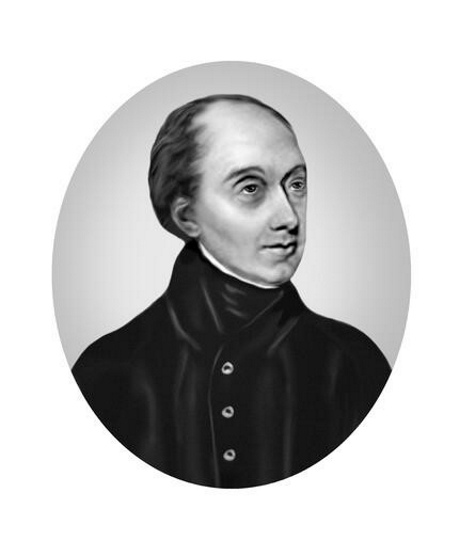
Sir Ralph Darling
A casual observer of the family might have been surprised to hear the elderly man’s extraordinary life story, which encapsulated the era he had lived through. Born in Ireland in the 1770s, he had spent most of his life in the military. This had taken him around the world before he finally settled in Brunswick Square. However, this wasn’t the first time he had lived in Brighton and Hove. We know, for example, that he rented a villa near Brunswick Square for a year in 1840 and there is a tantalising possibility that he had been in Brighton in the 1790s, when he was an aide-de-camp to a general. At that time, Brighthelmstone had already changed from a small fishing town into the fashionable seaside resort of Brighton associated with the Prince of Wales (later to become Prince Regent and, ultimately, King George IV).
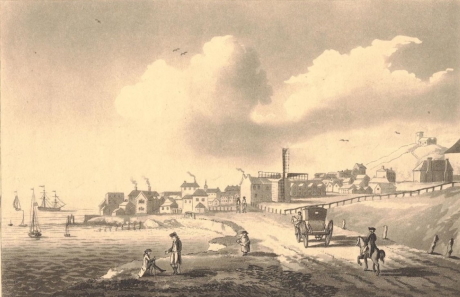
Brighthelmstone 1785. Image from the Regency Society / Society of Brighton Print Collectors
In his earliest days in the Army (in the 1790s) Darling served in the West Indies where he was involved in putting down a slave rebellion in Granada. He became a Lieutenant-Colonel in 1806 and saw action during the Napoleonic Wars at the Battle of Corunna. His successful army career continued, being promoted to brevet colonel in 1810, major general in 1813, and deputy adjutant general in 1814.
He and Elizabeth (who was known as Eliza) married in Cheltenham in 1817 and their first child Cornelia was born in 1818. Shortly afterwards they moved to Mauritius as Major-General Darling had been appointed commander of British troops there. He subsequently became acting governor; this marked a change from pure military to more administrative command.
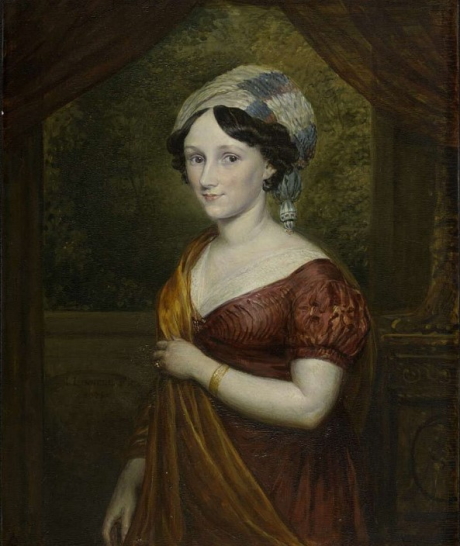
Eliza Darling, 1825 portrait by John Linnell
He was criticised by some for his handling of a cholera outbreak, but others defended him and claimed he was a victim of pro-slavery interests locally. Given his previous involvement in putting down a slave rebellion, this might come as a surprise. However, during his time in Mauritius he demonstrated his anti-slavery sentiments by imposing restrictions on the movement of fishing vessels to reduce the number of slaves being taken there. One report says that more than 700 slaves per month were being taken to Mauritius. And of course, the law had changed since his early days in the Army, because the Abolition of the Slave Trade Act entered the statute books in 1807.
The family left Mauritius in 1823, after nearly five years. Darling said at the time that “I shall ever continue to take the most lively interest in the prosperity of Mauritius. I cannot be indifferent to it. It is the birth-place of my son [Frederick, born in 1820], and has been the cradle and nursery of my children”. Meanwhile, Brighton was continuing to develop apace. The Chain Pier, widely believed to be the first ever leisure pier, was completed in 1823.
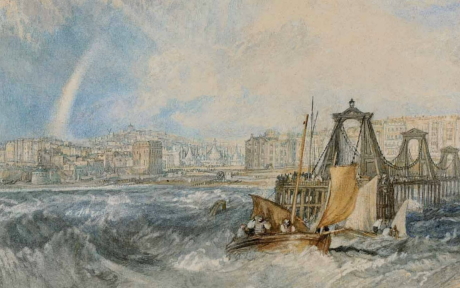
Joseph Mallord William Turner, The Chain Pier, Brighton, c.1828
The family returned to the UK and lived in Cheltenham for a while. A son, Edward Boissier, was born in 1823 and sadly died aged 6 months. A further son, Sydney, was born in 1825. They then moved to Australia, where Lieutenant-General Darling (as he now was) had been appointed the governor of New South Wales. It is fair to say that Darling’s time in Australia was a turning point in his career. Although it is generally accepted that he did some good, including the implementation of much-needed monetary and banking reform, the overall picture is negative. This is mostly due to his inflexible military-style approach to governing and, in particular, the death of a soldier called Joseph Sudds.
It is important to remember that New South Wales was originally a penal colony, and this had started only in 1788. Therefore, a military man was an obvious choice as governor. Ordinary soldiers had a wretched life in Australia and some of them noticed how former convicts were able to start new and prosperous lives once their sentences had been served. So, Sudds and a fellow soldier called Patrick Thompson decided to commit a petty crime, get caught, serve their time and start new lives in Australia. However, their plan backfired disastrously when Governor Darling decided to make an example of them. The exact details are contested, but it is clear that Darling imposed a draconian penalty on them, sentencing them to work in a chain gang in specially designed shackles. These shackles were very heavy and designed so that the men could neither lie down nor stand up in any sort of comfort. Within a very short time, Sudds was dead. Darling and the rest of the establishment played the incident down but there was much local anger and outrage which eventually proved to be Darling’s undoing.
His term as governor ended in 1831 and was not extended, so he returned to England with his family. During their time in Australia a son Augustus was born in 1826 and daughter Caroline in 1829. There are also references to a further son, Edward (born in 1827) and daughter Charlotte (born in 1831). And in case you were wondering the Darling River, Darling mountains and Darling Harbour were all named after him, ensuring a lasting legacy.
While the family had been in New South Wales, King George IV had died and been succeeded by his brother, King William IV. George’s lasting influence on Brighton and Hove had continued before his death and many Regency style properties had been built while the Darlings had been away, including Brunswick Square.
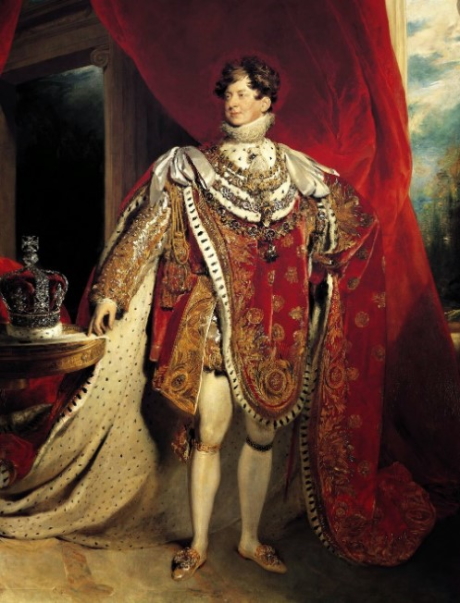
King George IV by Sir Thomas Lawrence
Unfortunately for Darling, the Sudds story would not go away and followed him back to England. Over the following years there was almost constant argument and legal wrangling as his accusers sought to hold him to account and his supporters rallied to his defence. Eventually, in 1835, a parliamentary committee was set up. This cleared him of wrongdoing and, as an extraordinary finale, he was knighted the very next day. But this was not necessarily the exoneration it seems because Sir Ralph never again held any active political or military roles, although he was promoted to colonel in 1837.
Throughout this difficult period, there was always his wife and family to comfort him. Another daughter, Agnes, was born in Cheltenham in 1834. And so, in 1851 we find Sir Ralph, his wife Eliza, three of their daughters and two grandchildren living at 39 Brunswick Square where he died seven years later.
Research by Teresa Preece, 2022
Return to 39 Brunswick Square page.


